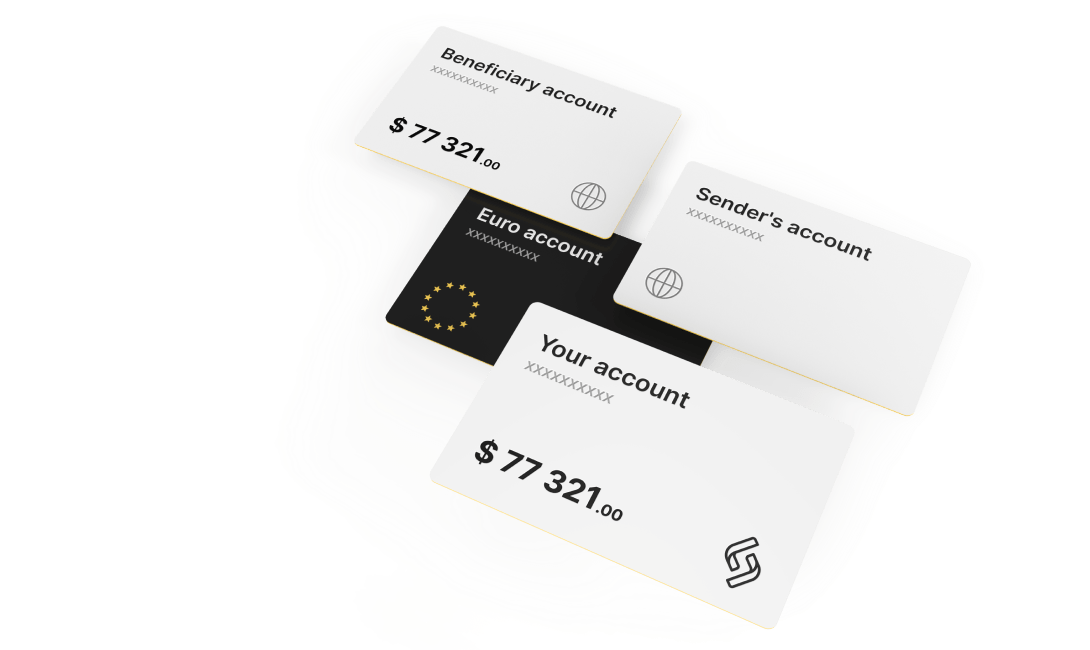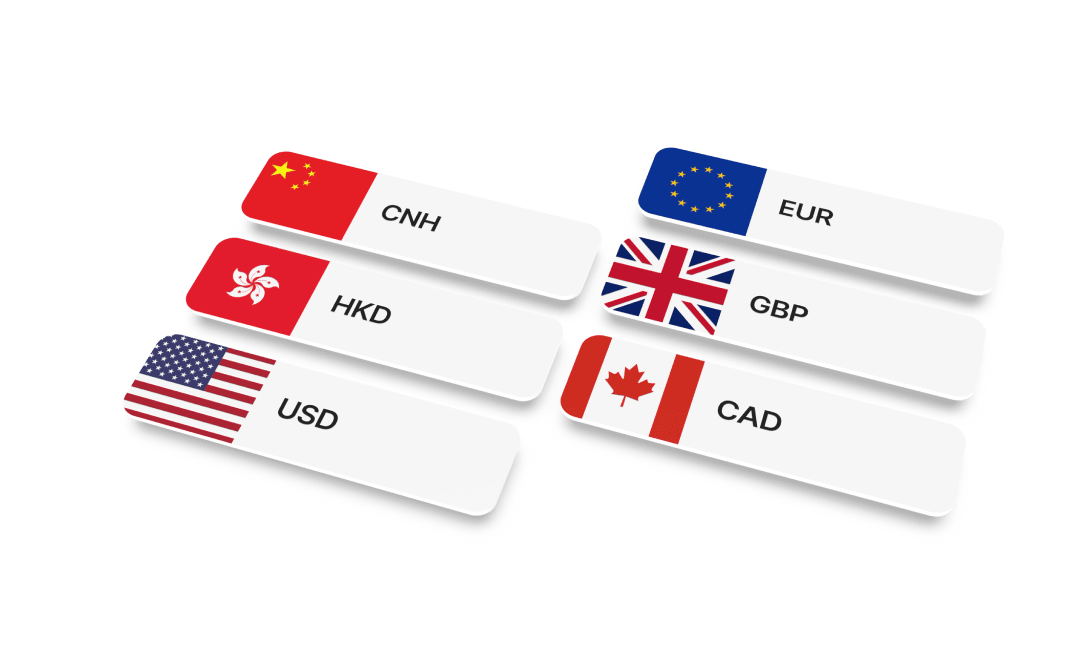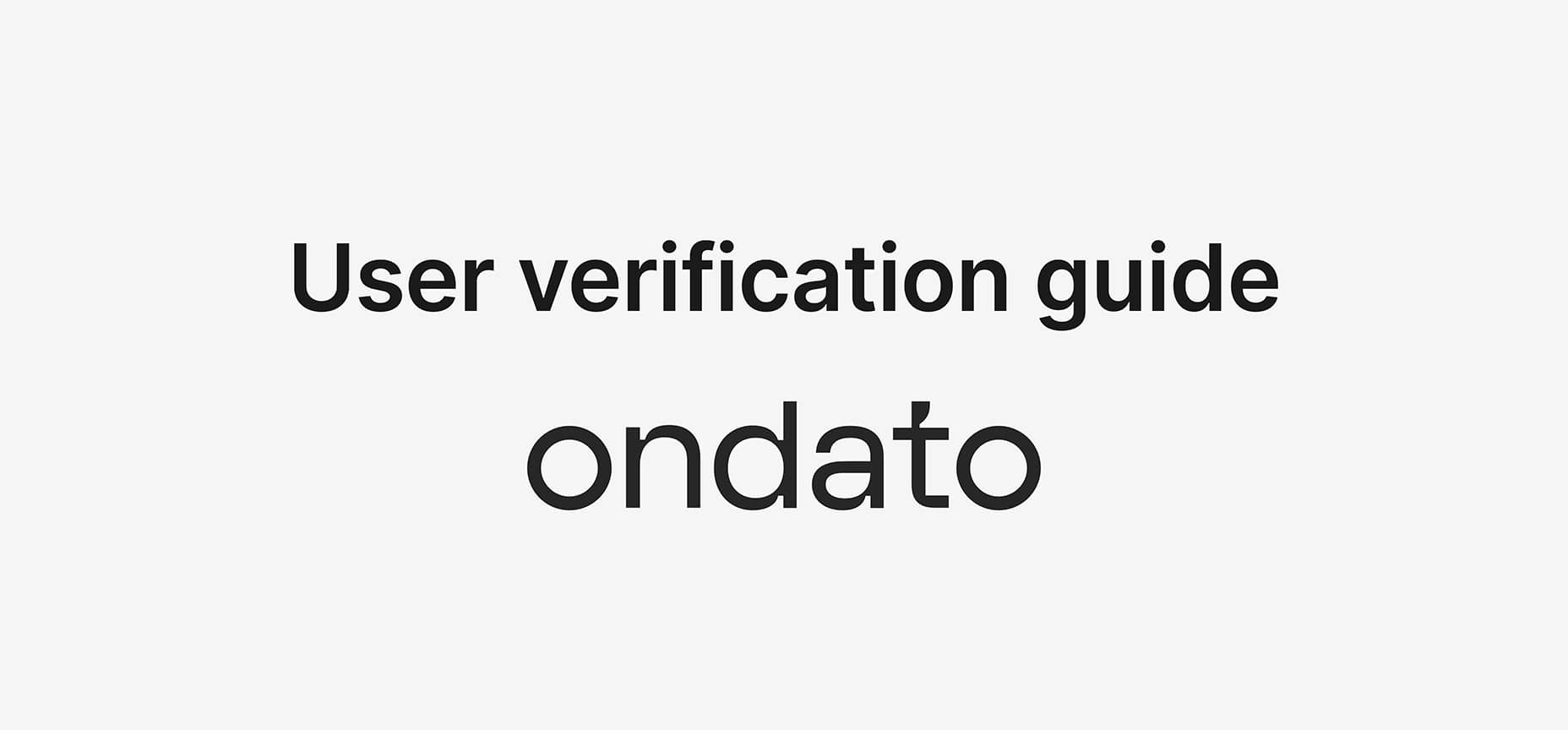Easy Guide: Find Your Bank’s SWIFT/BIC Code Quickly

How to Find My Bank’s SWIFT/BIC Code
Are you puzzled by the enigmatic numbers and letters that make up your bank’s SWIFT code? We’re here to unravel the mystery for you. In this article, we’ll explain what a SWIFT code is, why it’s essential for international transfers, and most importantly, how to find it with ease.
What is the SWIFT/BIC code?
At its core, SWIFT (Society for World Interbank Financial Telecommunication) plays a crucial role in enabling global communication among banks. Founded in Brussels in 1973, SWIFT was designed to facilitate international transactions through a standardized messaging platform. It has evolved into a cooperative that provides encrypted messaging services to around 12,000 financial institutions as of 2023.
The SWIFT code, also known as the BIC (Bank Identifier Code), is like a secret handshake that banks use to identify each other. This code ensures the smooth flow of information for international transfers, making it essential for companies, individuals, and everyone in between.
Why is the SWIFT Code So Important?
Without a valid SWIFT code, the complexities of transferring money across borders become daunting. Imagine a scenario where someone in Germany wants to send funds to a relative in Canada. They need the recipient’s bank’s SWIFT code, along with other essential details such as the account number, address, and more. The SWIFT code will help ensure that the funds reach the intended destination, Canada in our case, without delays or errors. The code provides vital information about the recipient’s bank, including its location and identity within the global banking system.
This information is essential for intermediary banks that facilitate the transfer along its journey. Without a valid SWIFT code, these intermediary banks might struggle to correctly direct the funds, leading to potential delays, misrouting, or even rejection of the transaction. In the absence of a valid SWIFT code, individuals may encounter frustrating hurdles, including prolonged waiting times, additional fees, and the need for manual intervention to rectify any issues. Additionally, the lack of a proper SWIFT code could result in the funds being returned to the sender, causing further inconvenience.
SWIFT’s stringent naming conventions and encryption protocols provide significant transaction security, offering peace of mind to everyone involved. The introduction of SWIFT GPI (Global Payment Initiative) has further accelerated transaction speeds, enabling many international transfers to process in under 30 minutes.
Get Your SWIFT Code: Simple Steps to Follow
To find your bank’s SWIFT code, you have several straightforward options:
- Bank Website: Head to your bank’s official website. Look for the SWIFT code in sections like “Contact Us,” “Branch Locator,” or the footer. Often, there’s a dedicated area for international or wire transfers.
- Mobile App or Client Office: If you have online banking set up, log in to your account. Many banks and neobanks display the SWIFT code in the international transfers or account details sections.
- Bank Statement: Check your bank statement, especially if you’ve received international wire transfers before. In most cases, the SWIFT code of your bank’s primary branch will be right there.
- Contact Customer Service: Reach out to your bank’s customer service or support hotline. They can provide you with the SWIFT code for your specific branch, but be ready to verify your account details.
- SWIFT Code Search: Utilize reputable online SWIFT/BIC code directories, such as the official SWIFT website or other reliable financial databases. Enter your bank’s name, country, and sometimes the city to pinpoint the correct SWIFT code.
Are SWIFT Code and BIC the Same?
Yes, they’re the same thing! SWIFT is the system, while BIC is the coded identifier that the system uses to verify bank identity. They’re used interchangeably to refer to the essential code needed for transactions.
Remember, whether you’re a global corporation or an individual with international connections, having the correct SWIFT code ensures that your money reaches its destination securely and efficiently.
By following these simple steps, you’ll get easy access to your SWIFT code, and navigate the world of international banking with confidence. Discover smooth transfers, increased security, and hassle-free transactions with Satchel.eu!






